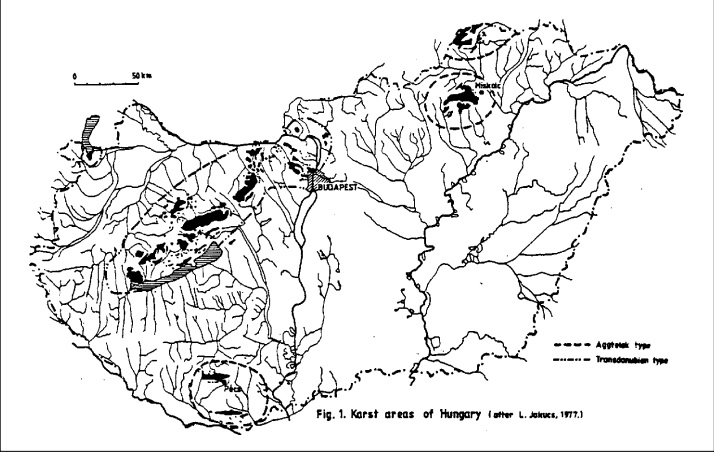Geoecological Studies on the Karstic Surfaces of the Planned Protected Area in Western Mecsek, South Hungary
DOI:
https://doi.org/10.3986/ac.v28i2.485Abstract
Na podlagi izsledkov starejših raziskav je bil zahodni del pogorja Mecsek vključen v naravni park Donava - Drava. Zato je bilo treba raziskati tudi prsti in rastlinstvo. Raziskave prsti so bile usmerjene predvsem v določanje pH in merjenje vsebnosti kalcija. To je pomembno za nadaljnje raziskave o vsebnosti težkih kovin v prsti. Vegetacijske raziskave so obsegale vodno bilanco, reakcijo prsti in njihovo kategorizacijo z vidika varstva narave. Posredni človekov vpliv na to kraško ozemlje se kaže v splošnem zniževanju pH. To pa je manjše v vrtačah, ker imajo te prsti razmeroma visoko vsebnost kalcija. Pravilnost zaščite tega kraškega območja opravičujejo rastlinske združbe z visokim deležem zaščitenih vrst med spremljajočimi vrstami. Raziskave potrjujejo, da je nujno ohraniti sedanje stanje, za kar pa je potrebna ustrezna zaščita.
Earlier studies on the karst in Western Mecsek have already shown that this area is worth protection due to its quite well preserved natural state. In consequence, declaring the karstic territory with its wider environment as a protected area is being considered in the Danube-Drava Natural Park. In order to prove the almost untouched natural state of an area good starting point is to examine its soil and flora. Soil studies focus on determining the pH, detecting any tendency of a shift towards lower pH values and on examining the carbonate content. In the future measurements to check the heavy metal content that are especially suitable for showing the levels of anthropogenic contamination will be added to these studies. Investigations on the flora based on the examination of water balance, soil reaction and determination of the rank according to the categories of nature conservation value offer a support to the claim of being protected. The results show that indirect anthropogenic effects can be detected by the pH shift towards lower values, but the same tendency of turning acidic is less characteristic in dolines which are the most sensitive points of karstic fields. However, the relatively high carbonate content favours the resistance against felling pH values. Examining the vegetation, and paying special attention to the ranking into nature conservation categories, a significantly high ratio of association - forming and accompanying species and the presence of protected species in relatively high numbers can be seen that proves the nature conserving feature of the territory. On the basis of the investigations carried out the maintenance of the present state of the territory is a desirable objective and in order to realize it the protection of the area is absolutely justified.
Downloads

Downloads
Published
How to Cite
Issue
Section
License
Authors guarantee that the work is their own original creation and does not infringe any statutory or common-law copyright or any proprietary right of any third party. In case of claims by third parties, authors commit their self to defend the interests of the publisher, and shall cover any potential costs.
More in: Submission chapter




